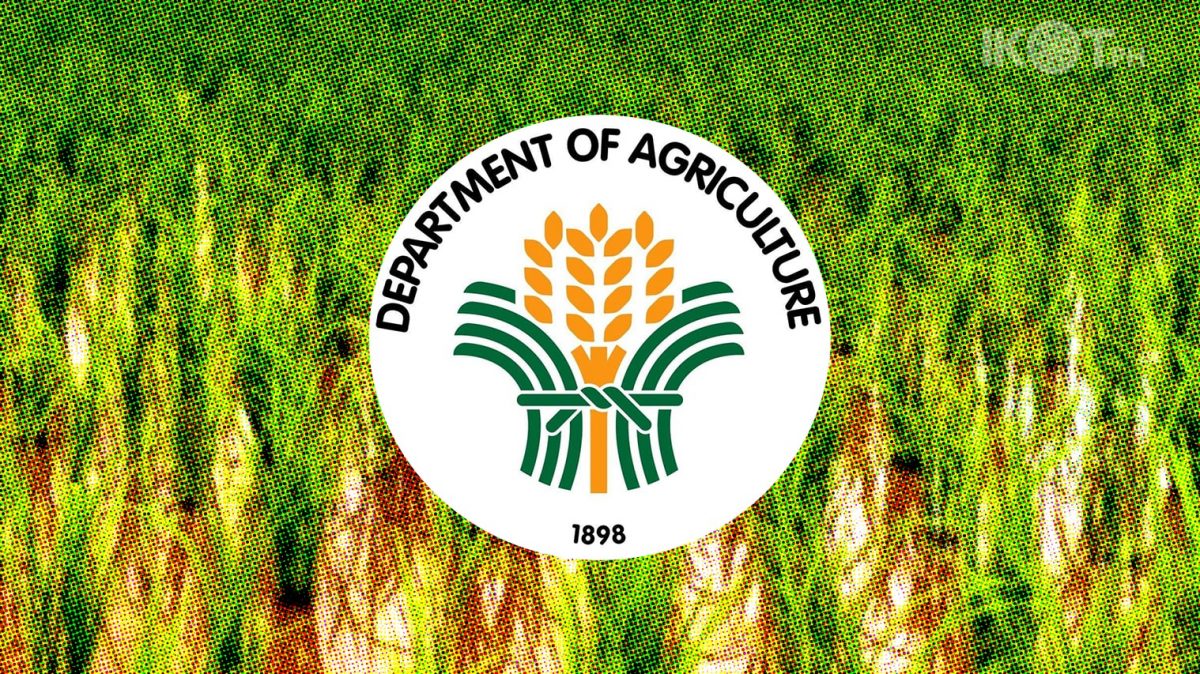Around 76,000 metric tons of rice from Taiwan and India are scheduled to arrive in the Philippines this month and early January while grains imported by the private sector have started to arrive as part of the broader effort to boost inventory of the national food staple in preparation for the adverse effects of the El Nino weather phenomenon, a ranking official of the Department of Agriculture (DA) said.
Undersecretary Roger Navarro, officer-in-charge for operations, said nearly half-a-million metric tons of rice imported by the private sector are due to arrive between December and early February in compliance with the agreement between Agriculture Secretary Francisco Tiu Laurel, Jr. and holders of rice import permits.
“This is part of the 495,000 metric tons committed by import permit holders to Secretary Tiu Laurel.”
“We received reports that around 100,000 tons of imported rice has already arrived in the country. This is part of the 495,000 metric tons committed by import permit holders to Secretary Tiu Laurel,” Navarro explained.
Separately, a total 20,000 bags, equivalent to 1,000 metric tons of rice delivered before Christmas Day was the first batch of the 40,000 bags of rice donated by Taiwan, the agriculture official added.
Within the last week of December and early January, he said 75,000 metric tons of rice will arrive from India.
India banned the export of non-basmati white rice last July to stabilize domestic supply and prices. In October, however, India approved the export of over 1 million metric tons to seven countries, with the Philippines getting over 28 percent of the export allocation.
“The 75,000 metric tons due in the coming weeks is part of the 295,000 metric tons of rice India has allocated to the Philippines.”
“The 75,000 metric tons due in the coming weeks is part of the 295,000 metric tons of rice India has allocated to the Philippines,” he said.
With the arrival of imported rice and the volume harvested by farmers in recent months, Navarro said the country will have sufficient supply of the national food staple until the next harvest which starts in March.
National rice consumption is around 36,000 metric tons per day, or around 1.08 million tons per month.
Economic managers, especially the Bangko Sentral ng Pilipinas, are closely-watching the rice supply situation due to its impact on inflation.
The BSP has aggressively raised interest rates since last year to tame inflation, which affects the purchasing power of consumers and undermines economic growth.



